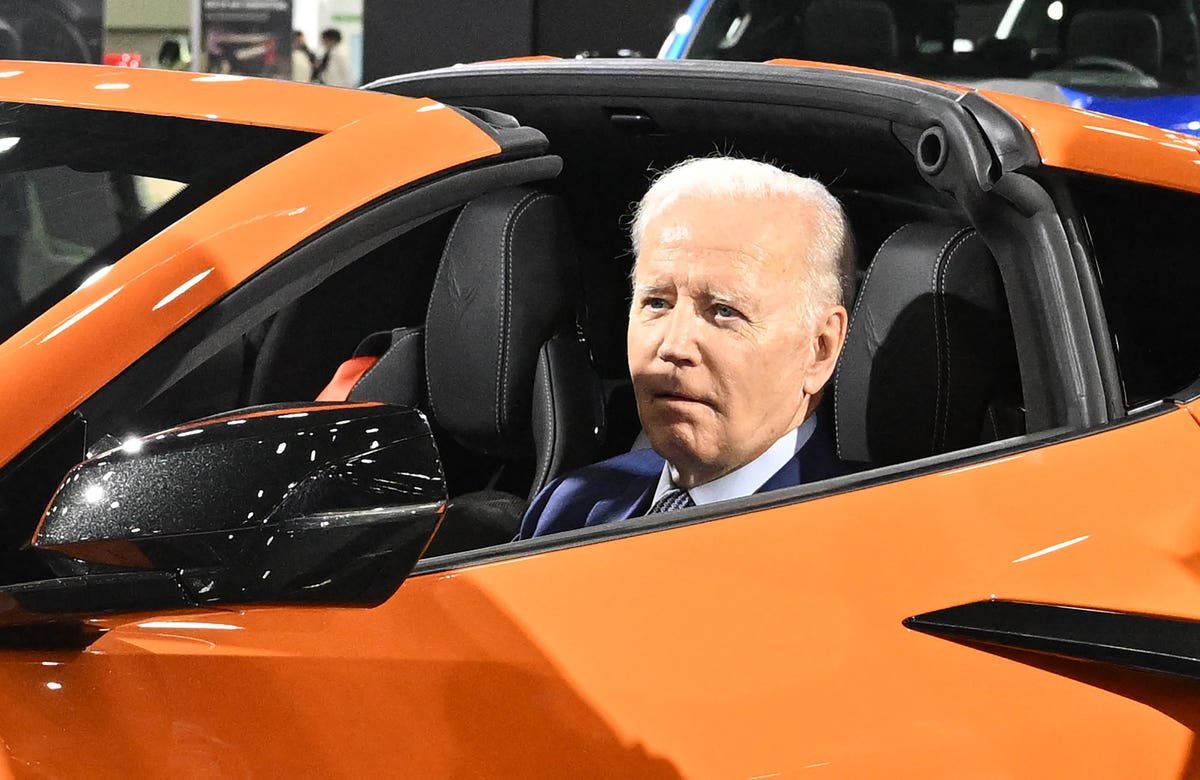Policymakers are counting on electric vehicles (EVs) to replace the traditional combustion engine and eliminate oil demand. But they desperately need a lesson in how the energy transition is playing out.
The truth is that data from countries with a high penetration of passenger EV sales do not show dramatic oil consumption declines.
The best evidence comes from Norway, where EVs accounted for 80% of total passenger car sales in 2021. At this rate, Norway could achieve nearly 100% EV sales by 2025.
But gasoline and diesel consumption rates have barely budged in the Scandinavian country.
Figures from Statistics Norway (SSB) show diesel and gasoline demand has declined only modestly since 2017. In the first half of 2023, road fuel sales hovered around 62,000 barrels daily, a 10% drop from the 70,000 sold between 2017 and 2019, well after the EV boom started.
Current consumption is relatively stable between 60,000 and 70,000 barrels a day, and a steep drop is not expected in the near term. Indeed, demand for crude oil – the feedstock refiners need to make gasoline and diesel products – has stubbornly stuck at around 200,000 barrels a day in Norway.
There are many explanations for the resilience of oil demand in the face of rising EV penetration in Norway. Policymakers worldwide committed to a rapid energy transition should heed them because they suggest oil will be needed in the global economy for much longer than many climate activists care to admit.
A big reason oil demand has stayed strong in Norway is that, despite the high penetration of EVs in total car sales, the EV fleet of less than 500,000 still pales to the overall fleet of nearly 3 million vehicles. That means there are still a lot of gasoline- and diesel-powered cars on the road.
Data also shows that Norwegians are reluctant to give up the internal combustion engine (ICE) cars even after they’ve purchased EVs. Some may be waiting for more EV charging infrastructure to emerge before getting rid of their gas-powered automobiles, while others may prefer the performance of traditional light-duty trucks.
Indeed, traditional ICE automobiles will likely remain on the road long after the last one is sold – unless governments introduce expensive scrappage schemes. And even after ICE vehicles cease to be used in Europe, the United States and other wealthy countries, data show that many will continue to be exported to developing nations, where used cars are in high demand. That will merely shift fuel demand – and carbon emissions – to other countries.
The other significant factor in Norway is that the electrification of heavy-duty transportation – especially trucks and buses – has so far been scant, and this sector is critical for lowering overall fuel consumption.
Consultant Rystad Energy reckons that Norway’s fuel demand from buses and trucks, which predominantly run on diesel, continues to rise from about 30,000 barrels a day between 2010 and 2015 to 32,000 in 2022. Until the commercial vehicle sector is electrified, demand for traditional fossil fuel products will remain stubbornly in place.
The situation in Norway could easily play out globally, as government policies designed to electrify the transportation sector often focus on passenger cars rather than heavy-duty vehicles.
The key obstacle to electrifying buses and tractor-trailer trucks is the weight of the battery. If these vehicles are too heavy, they can’t perform like their ICE counterparts. Tesla, Volvo, and other automakers are working on the issue, but matching the energy content of a barrel of oil is a stiff challenge.
The big takeaway is that, despite rampant headlines about surging EV penetration in huge markets like Europe, China, and the United States, it could take many years to make a significant dent in oil consumption.
Combined with the fact that cargo ships and airplanes look even harder to decarbonize, and petrochemicals and plastics will continue to require oil feedstocks, it’s hard to see global oil demand headed for a sharp decline anytime soon.
That helps explain why analysts like the International Energy Agency (IEA), which sees oil demand peaking later this decade, concede that it will be more of a plateau with a very long tail. For its part, the OPEC cartel does not see oil demand peaking until 2045 at around 110 million barrels a day – about 10 million barrels of consumption more than today.
That is why the Biden administration mustn’t steer America away from continued investment in our vast domestic oil and gas resources. Biden seems to think that EVs will instantly decarbonize the U.S. economy. His administration is effectively trying to implement a ban on ICE vehicles by 2032 through a requirement for a 70% drop in greenhouse gas emissions from new light-duty vehicles by that year.
But as Norway shows, this logic is flawed. The U.S. and global economies will continue to need oil products for decades.
Hindering domestic oil output through excessive regulation, blocking new infrastructure like pipelines, or stalling recent federal oil and gas lease sales is short-sighted. It’s attacking the wrong problem.
If oil will still be in high demand even as more EVs hit America’s highways in the coming years, wouldn’t it be wise to ensure that this energy comes from home rather than from expensive imports?
Read the full article here





